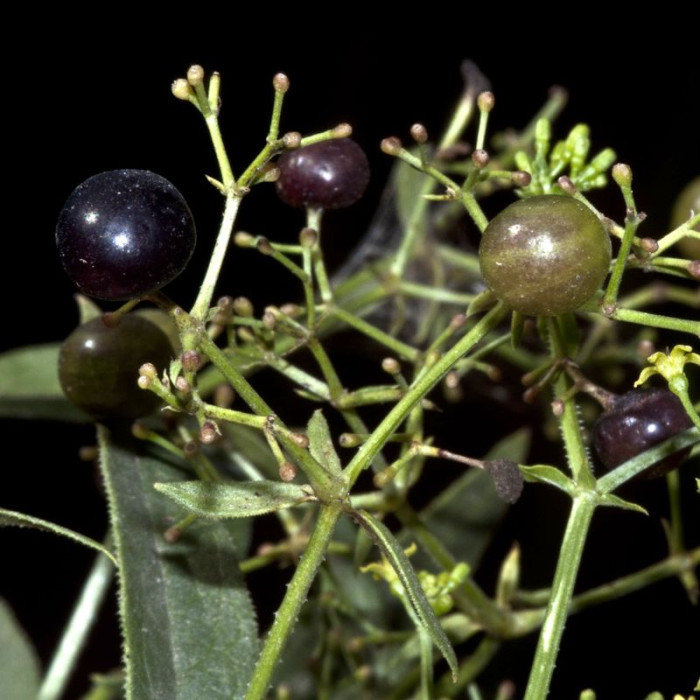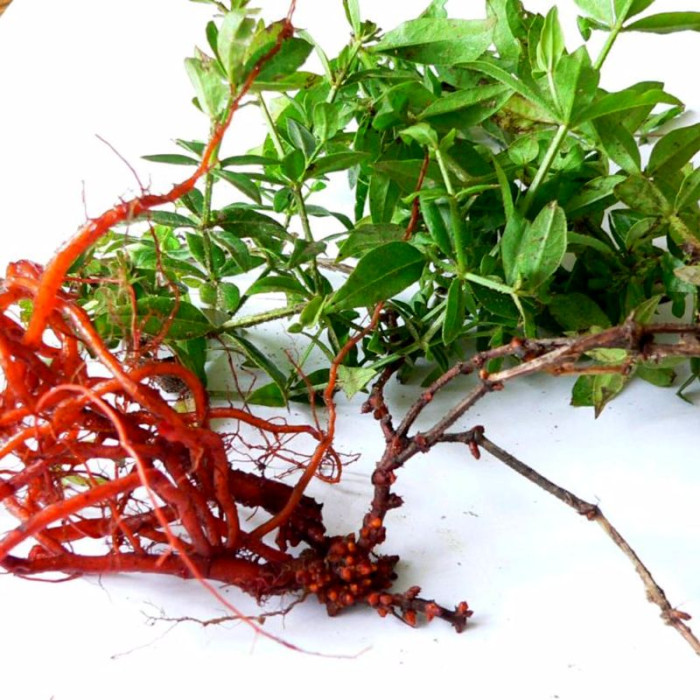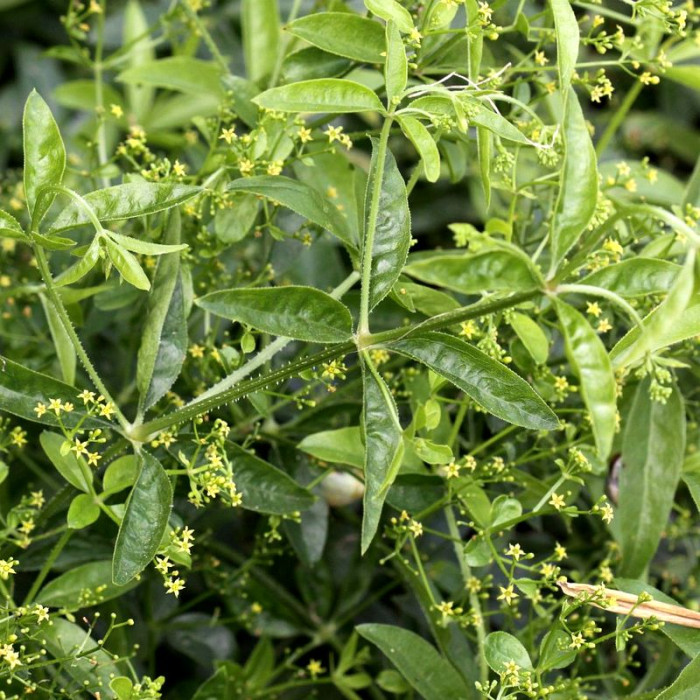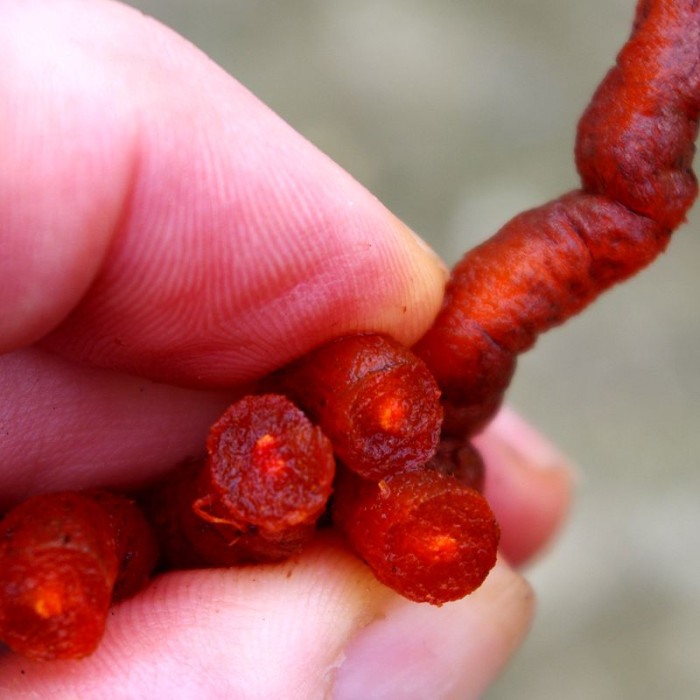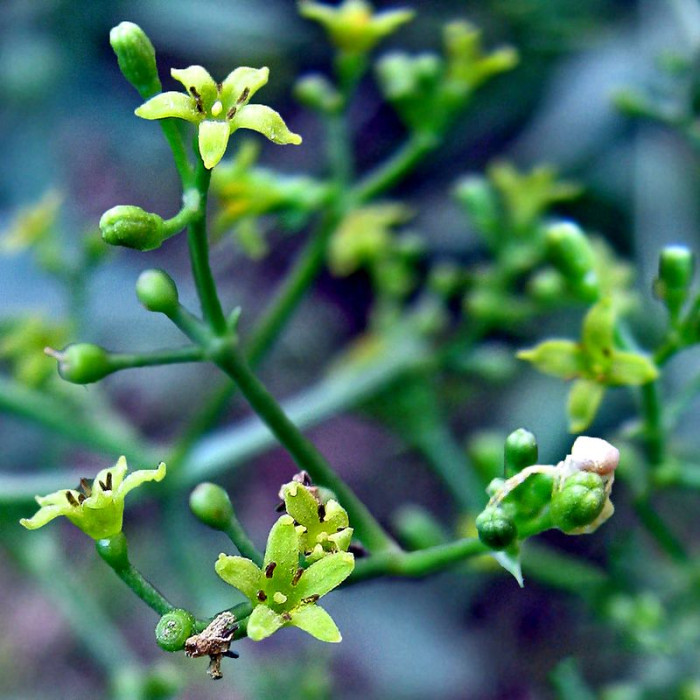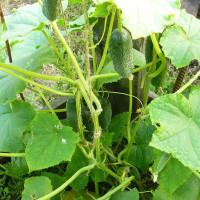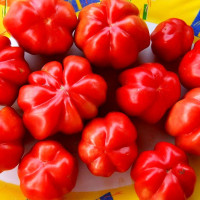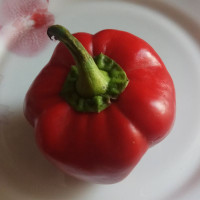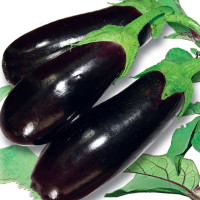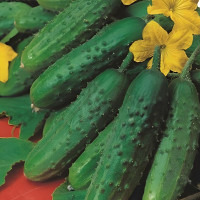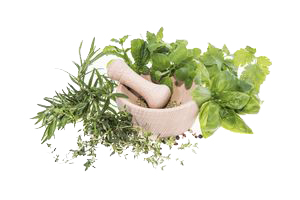Madder or rose madder or dyer's madder / Rubia Tinctorum - is a perennial herbaceous plant of the Rubia family. "Rubia tinctorum" is the Latin name for madder. It comes from the words rubber - red and tinctorus - dye, which fully corresponds to the properties and appearance of the roots of the plant. Madder dyed among the people has the name marzana, marina, krapp / krap, Georgian or petiolate madder.
In height, the plant can reach one and a half meters. The stem is thin and covered with rough bark. The leaves are dense, wide, several leaves form a ring. Sharp bristles are located along the leaf and its edge. Appearance (photo) madder tinting Madder blooms with small greenish-yellow flowers, similar to St. John's wort inflorescences. The root system is powerful and consists of the main root and many thinner ones, which are covered with brown bark.
Madder rhizomes contain malic, tartaric, citric and ascorbic acids, anthraquinones, triterpenoids, proteins, sugars and pectin substances. As a result of research, carbohydrates, flavonoids, coumarins, phenolcarboxylic acids and their derivatives were isolated from leaves and stems, and hyperoside and rutin were isolated from flowers.
For medicinal purposes, the rhizomes and roots of the plant are used. Raw materials are harvested in the spring: at the end of March - the first half of April or from the beginning of August until frost.
As a result of clinical trials, it was found that madder roots are very effective in nephrolithiasis. Preparations from the roots also have diaphoretic, diuretic, antispasmodic and astringent properties. In traditional medicine, the dry extract of the plant is used as an antispasmodic and diuretic. Various dosage forms of the plant are used for diseases of the gastrointestinal tract, jaundice, constipation, enuresis (bedwetting), gout and polyarthritis.
In folk medicine, an infusion of rhizomes is used to treat inflammation of the spleen, it is prescribed for menstrual irregularities. In addition, the plant is used as an adjuvant in the complex treatment of bone tuberculosis, it is effective as a laxative and diuretic. For memory loss and jaundice, it is recommended to take rhizome powder mixed with honey. Outwardly, a plant-based medicinal product is used to lighten age spots, treat ulcers, dermatomycosis. A decoction of the rhizomes is used externally to treat skin cancer.
Fresh juice from the root of the plant is good for rickets and dysmenorrhea. Decoctions and infusions of the root remove salts from the joints of the hands and feet, treat gout, polyarthritis, and osteochondrosis. If the rhizome is mixed with fat, then it will help with a rash on the face, but mixed with an egg - with bruises. However, an overdose of drugs can cause pain and exacerbation of chronic urological diseases.

No questions about this product, be the first and ask your question.


